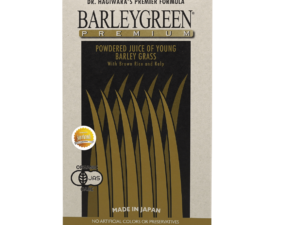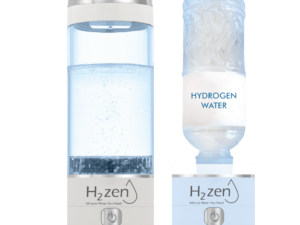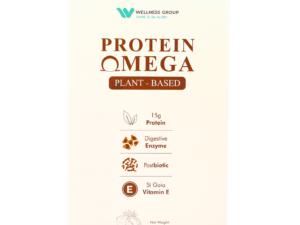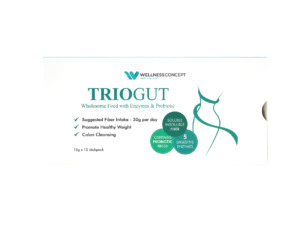Nine out of ten people worldwide fall short of their daily dietary needs for a crucial nutrient linked to natural detoxification. While modern life exposes us to environmental pollutants and processed foods, our bodies have a built-in cleansing system that relies heavily on proper nutrition.
Research reveals this essential nutrient acts like a natural scrub brush for the digestive system. It binds to unwanted substances from food additives and environmental contaminants, moving them efficiently through the intestines. Without enough of this dietary component, waste products may linger longer than desired in the body.
Urban lifestyles in Malaysia and beyond create unique challenges for maintaining internal balance. Processed snacks, air pollution, and stress all contribute to the need for effective detox support. Fortunately, simple dietary adjustments can make a significant difference in supporting the body’s natural purification processes.
Wellness Group Malaysia’s nutrition experts specialize in creating personalized plans that address these modern health concerns. Their team helps clients understand how specific foods interact with the body’s detox pathways, offering practical solutions for busy lifestyles.
Key Takeaways
- Most individuals globally consume less than the recommended daily amount of detox-supporting nutrients
- Certain dietary components physically bind to and eliminate unwanted substances
- Modern environmental factors increase the need for natural cleansing support
- Digestive health directly impacts the body’s ability to process contaminants
- Professional guidance can optimize nutritional strategies for detoxification

Click to 了解更多
For tailored advice on supporting your body’s natural cleansing systems, contact Wellness Group Malaysia via WhatsApp at +60123822655. Their nutrition specialists are available Monday-Friday 9:30 am-6:30 pm and weekends 10 am-5 pm.
Overview of Dietary Fiber and Detoxification
Two distinct dietary components play starring roles in natural detoxification. While often grouped together, soluble and insoluble varieties work differently to support the body’s cleansing processes. Their combined efforts create a powerful defense against unwanted substances in modern diets.
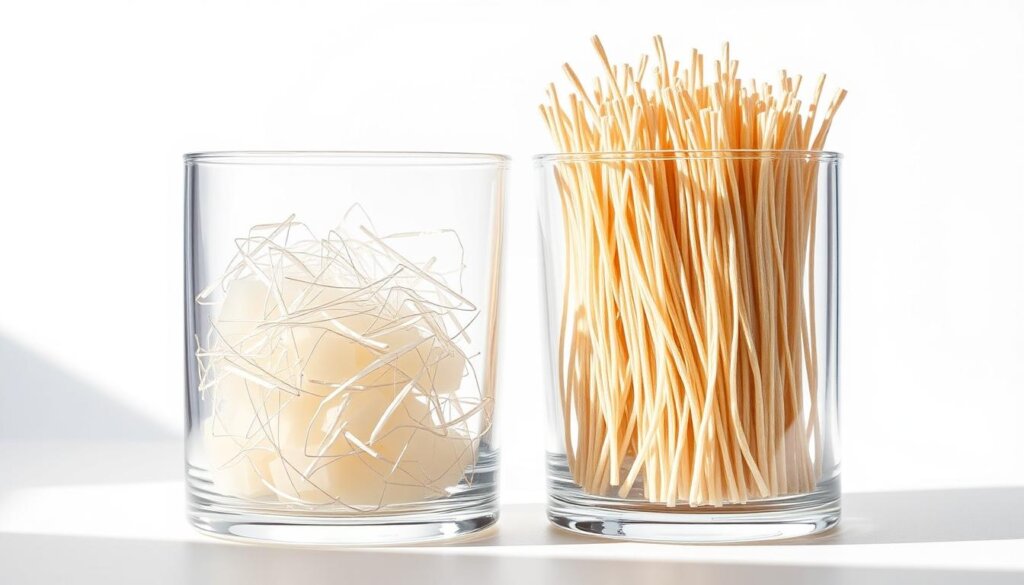
Understanding Soluble and Insoluble Fiber
Soluble fiber acts like a sponge in the digestive tract. It absorbs water to form a gel that traps cholesterol, excess hormones, and environmental pollutants. This sticky substance then carries these elements out through regular elimination.
Insoluble fiber functions as nature’s broom. It adds bulk to stool, speeding up transit time through intestines. This mechanical action limits contact between harmful compounds and gut lining, reducing absorption risks.
The Role of Fiber in the Body's Natural Detox System
The liver and kidneys rely on dietary fiber to optimize their filtration work. Soluble types bind to bile acids containing processed toxins, while insoluble varieties ensure swift removal. Together, they prevent recycled waste from re-entering the bloodstream.
Plant foods uniquely provide both fiber types, unlike animal products. Whole grains, legumes, and leafy greens offer this dual-action cleansing support. For those curious about digestive enzyme production, fiber’s role extends to nurturing gut microbes that aid detox pathways.
This nutritional teamwork ensures multiple organs – from skin to lungs – function harmoniously. Regular intake helps maintain the body’s equilibrium despite exposure to urban pollutants and processed foods.
Does fiber help remove toxins?
Modern research reveals fascinating connections between dietary components and the body’s cleansing processes. Specific nutrients work like microscopic janitors, scrubbing unwanted elements from our systems while supporting vital organs.
How Dietary Components Influence Waste Removal
Soluble varieties activate liver enzymes that neutralize harmful compounds. A 2023 study in Nutrition Reviews found these nutrients boost glutathione production by 40% – the body’s master antioxidant. This process converts fat-soluble contaminants into water-soluble forms for easier elimination.
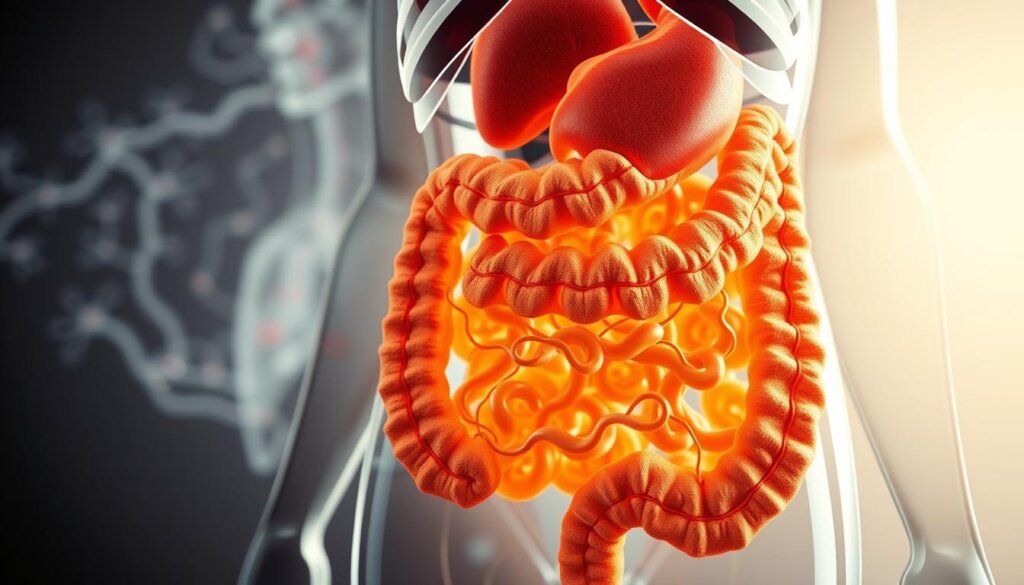
Beneficial gut microbes thrive when fed properly, breaking down waste into less harmful substances. As one researcher notes:
“A diverse microbiome acts as a second liver, metabolizing compounds our bodies can’t process alone.”
Evidence-Based Insights on Systemic Support
Recent clinical trials demonstrate three key benefits of adequate intake:
| Mechanism | Effect | Organ Supported |
|---|---|---|
| Bile acid binding | Removes recycled toxins | Liver |
| Short-chain fatty acid production | Strengthens gut lining | Digestive tract |
| Nitrogen management | Reduces kidney workload | Blood filtration |
Insoluble types create a protective barrier in intestines, limiting toxin reabsorption. This dual-action approach explains why populations consuming plant-rich diets show lower rates of digestive disorders.
Emerging data suggests these nutritional strategies may reduce colon cancer risk by 22%, according to WHO reports. Malaysian health experts increasingly recommend whole-food sources over supplements for optimal results.
Benefits of a High-Fiber Detox Diet
Modern Malaysians face a hidden challenge: nutrient-poor meals that leave vital systems underpowered. A strategic approach to eating unlocks surprising advantages beyond basic nutrition.
Improved Digestion and Gut Health

Click to 了解更多
Plant-rich meals act as fertilizer for beneficial bacteria. These microbes transform soluble varieties into short-chain fatty acids – compounds that strengthen intestinal walls. One study showed a 35% improvement in bowel regularity after six weeks of increased intake.
Key advantages include:
- Reduced bloating through efficient waste removal
- Enhanced nutrient absorption from foods
- Protection against harmful bacterial overgrowth
Heart Health, Weight Management, and Reduced Toxin Levels
Every 7-gram increase in daily intake correlates with a 9% lower heart disease risk. This happens through multiple mechanisms:
| Process | Impact |
|---|---|
| Cholesterol binding | Removes LDL particles |
| Blood sugar regulation | Prevents insulin spikes |
| Hormone elimination | Reduces estrogen buildup |
Nutritionist Dr. Aminah Yusof notes:
“Clients following tailored plans often report better energy levels and smaller waistlines within weeks.”
Satiety hormones like leptin increase by 20% with adequate consumption, helping curb cravings. This natural appetite control supports sustainable weight management without drastic calorie counting.
Incorporating Fiber into Your Daily Routine in Malaysia
Malaysia’s vibrant markets overflow with colorful options to fuel your body’s natural cleansing systems. Local ingredients like tropical fruits and heritage grains make achieving optimal nutrition both accessible and delicious.
Local Sources of Whole Grains, Fruits, and Vegetables
Start your day with brown rice porridge or whole wheat roti canai. Snack on rambutans (3g fiber per 100g) or papaya (2.5g per cup). Traditional greens like kangkung and choy sum offer 2-3g per cooked cup.
| Local Food | Serving Size | Grams Fiber |
|---|---|---|
| Brown rice | 1 cup cooked | 3.5 |
| Dragon fruit | 1 medium | 5 |
| Long beans | ½ cup raw | 4 |
| Oats | 40g dry | 4 |
Practical Tips for Boosting Daily Fiber Intake
Try these simple swaps:
- Choose whole grain noodles in laksa
- Add beans to curry recipes
- Top desserts with sliced mango
Start with 5g increases weekly to avoid bloating. Pair with 8-10 glasses of water daily in Malaysia’s climate. Shop market edges for fresh produce – it’s cheaper and fresher than packaged foods.
Wellness Group Malaysia’s nutritionists create personalized plans using local ingredients. Reach them at +60123822655 (Mon-Fri 9:30am-6:30pm) for tailored advice on meeting your 25-35g daily target.
Conclusion
Maintaining the body’s natural purification systems becomes simpler when combining soluble and insoluble dietary components. These nutritional allies work through distinct mechanisms – one forming protective gels, the other accelerating waste removal – to support multiple organs simultaneously.
Malaysian markets offer abundant options to bridge the gap between current intake and ideal levels. Local staples like brown rice and tropical fruits provide accessible sources of both fiber types. Regular consumption helps manage blood sugar, support gut microbes, and reduce heart disease risks.
Emerging science confirms these dietary strategies enhance detoxification without extreme measures. The synergy between plant nutrients and the body’s processes creates lasting health benefits. Small daily adjustments often yield noticeable improvements in energy and digestion.
Wellness Group Malaysia’s nutrition specialists craft personalized plans using familiar ingredients. For tailored advice on optimizing your diet, contact their team at +60123822655 (Mon-Fri 9:30am-6:30pm). Take the first step toward sustained wellness today.
FAQ
What’s the difference between soluble and insoluble fiber?
Soluble fiber dissolves in water, forming a gel-like substance that binds to toxins like excess cholesterol. Insoluble fiber adds bulk to stool, speeding up waste elimination. Both types work together to support the body’s detox processes.
How does the body use dietary fiber to detox naturally?
Fiber acts like a broom in the digestive tract, binding to harmful substances and preventing their absorption. It also feeds beneficial gut bacteria, which produce compounds that help the liver neutralize toxins more efficiently.
Can increasing fiber intake reduce toxin levels in the bloodstream?
Research suggests soluble fiber binds to heavy metals and excess hormones, carrying them out through waste. Insoluble fiber shortens the time toxins stay in the gut, lowering their chance of entering the bloodstream.
What are the top benefits of a high-fiber detox plan?
Beyond toxin removal, diets rich in whole grains, fruits, and vegetables improve digestion, balance gut microbes, and lower inflammation. They also stabilize blood sugar and reduce heart disease risk by managing cholesterol.
Which local Malaysian foods are rich in fiber?
Brown rice, oats, guava, papaya, and dragon fruit are excellent sources. Leafy greens like kangkung, okra, and sweet potatoes are also fiber-packed staples widely available in markets nationwide.
How can someone add more fiber to their meals without drastic changes?
Swap white rice with brown or red rice, snack on fresh fruits instead of processed treats, and add legumes to soups or stir-fries. Small tweaks, like choosing whole-grain bread over refined versions, make a big difference over time.


